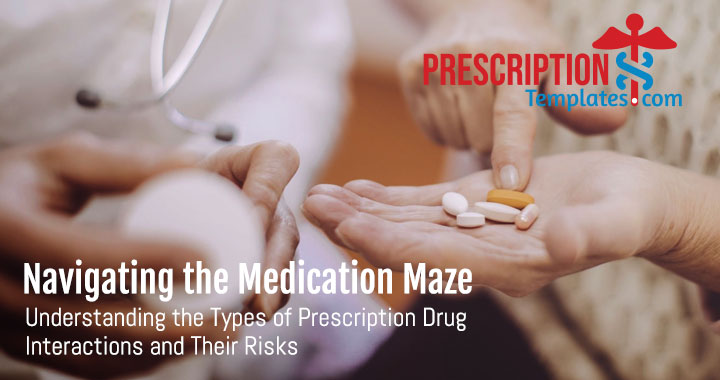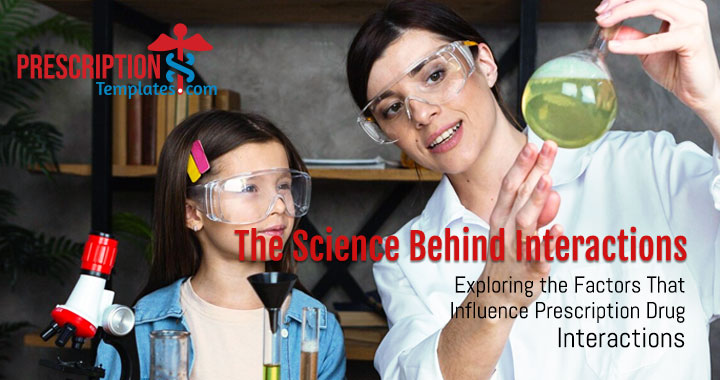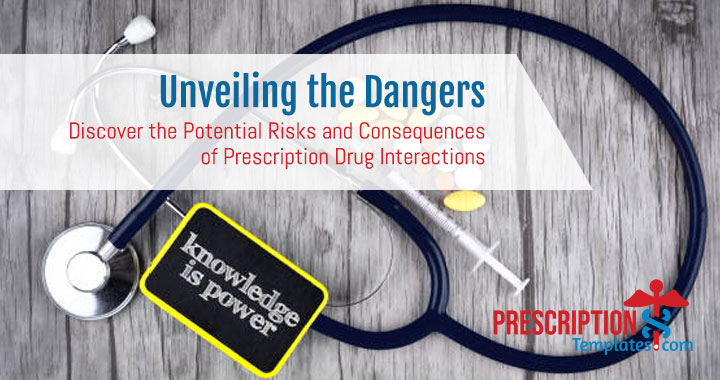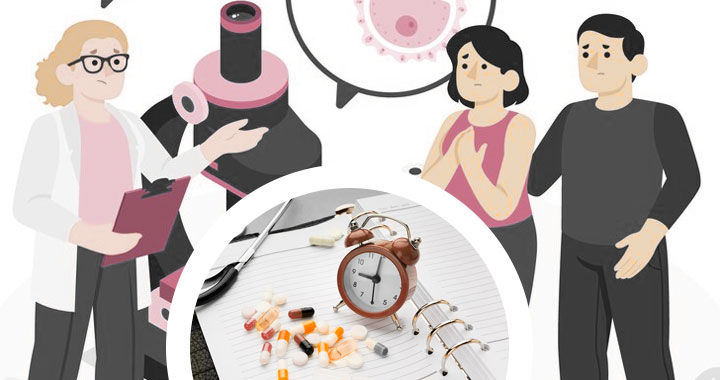Welcome to our guide on Prescription Drug Interactions – a vital topic for medication safety. When drugs interact, risks arise. Understand the complexities to ensure safety.
Combining prescription drugs may lead to unexpected consequences. Know the risks. We’ll explore types of interactions, contributing factors, and prevention methods. Empower yourself to make informed decisions and achieve optimal treatment outcomes. Stay safe and informed!

Learn about the various types of prescription drug interactions and their potential risks. Stay informed to ensure safe and effective medication management.

Understanding the factors that contribute to drug interactions is essential for your safety and well-being. Consider the following:
Age, genetics, and gender influence how drugs interact in your body. Consult with your doctor to create personalized medication plans that consider these individual factors. Discuss any specific health conditions that might affect drug interactions.
Enzyme variations impact how your body processes medications. Understand your metabolism for safer prescriptions. Inform healthcare providers about any known enzyme deficiencies or liver conditions.
Proper dosing is critical to prevent harmful interactions. Always follow medication instructions carefully, including timing and frequency. Consult your healthcare provider if you are unsure about the correct dosage or administration.
Prolonged use of medications can lead to cumulative interactions. Be vigilant and monitor for any changes or adverse effects during extended treatment. Regularly review your medication plan with your healthcare provider for adjustments.

Discover the common drug interactions that demand your attention. Being aware of these interactions can help you make informed decisions about your medication safety. Below are specific drug classes and high-risk combinations to avoid, ensuring you stay well-informed and safeguard your health. Remember to seek guidance from healthcare professionals if you have any concerns about potential interactions.
Understanding common drug interactions is crucial for safe medication management. Always consult with your healthcare provider or pharmacist if you are unsure about any potential interactions.
Effective communication with healthcare providers, reading medication labels, consulting pharmacists, and monitoring potential interactions are essential for safe medication management. Follow these guidelines to minimize the risk of drug interactions:
Remember, proactive communication with your healthcare team, careful reading of labels, and utilizing the expertise of pharmacists are key steps to prevent prescription drug interactions. Taking these precautions will enhance the safety and effectiveness of your prescribed medications, leading to better overall health outcomes.
Explore reliable tools for checking drug interactions. Ensure your medication safety with these valuable resources.
Online drug interaction checkers are valuable resources to assess potential risks when taking multiple medications. To ensure accurate information, rely on reputable websites that provide reliable data from trusted medical sources. Exercise caution with unofficial sources or websites lacking credibility, as they might offer inaccurate or misleading information. Prioritize your safety by using established platforms for online drug interaction checks.
Mobile applications offer convenience and accessibility for checking drug interactions on the go. Look for reputable apps that have received positive reviews and high ratings from users. These applications often provide user-friendly interfaces and real-time updates on potential interactions. Downloading trusted apps ensures that you have a reliable tool at your fingertips to quickly assess any medication-related concerns and make informed decisions about your health.
Drug interaction hotlines offer timely assistance and expert guidance for urgent concerns related to medication interactions. Save the hotline numbers provided by your healthcare provider or pharmacy for quick access in case of emergencies. These hotlines are staffed by knowledgeable professionals who can address your questions or concerns promptly, ensuring you receive accurate and immediate advice when needed.
Using these tools and resources empowers you to stay informed about potential drug interactions and make safe choices regarding your medications. When in doubt, always consult with your healthcare provider or pharmacist for personalized guidance on managing your medication regimen effectively.
Conclusion: Prescription drug interactions pose risks. Stay safe by being informed. Consult healthcare providers, read labels, and monitor for any issues. Awareness leads to better treatment outcomes.